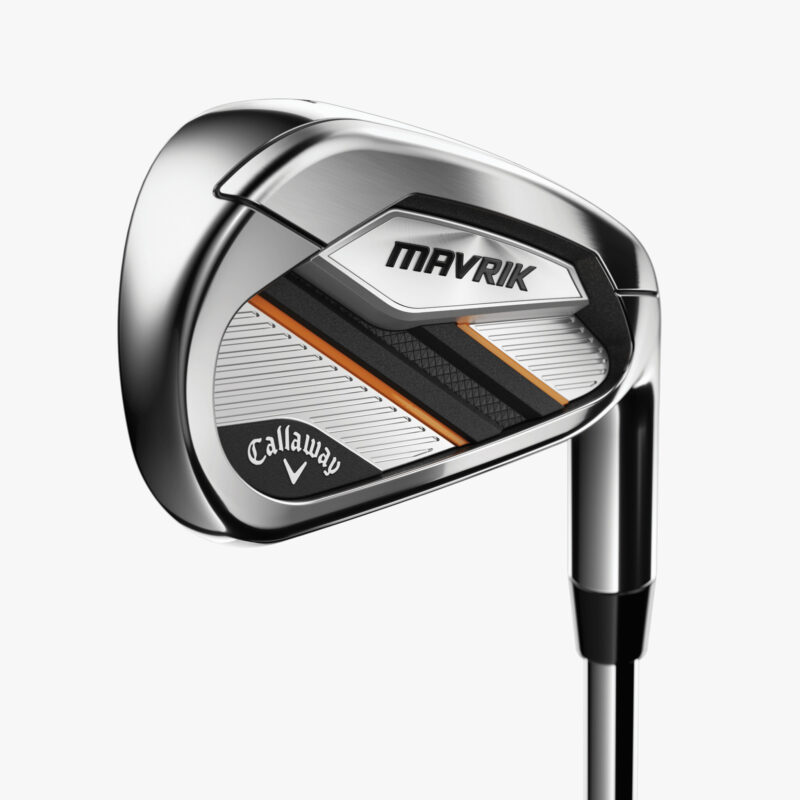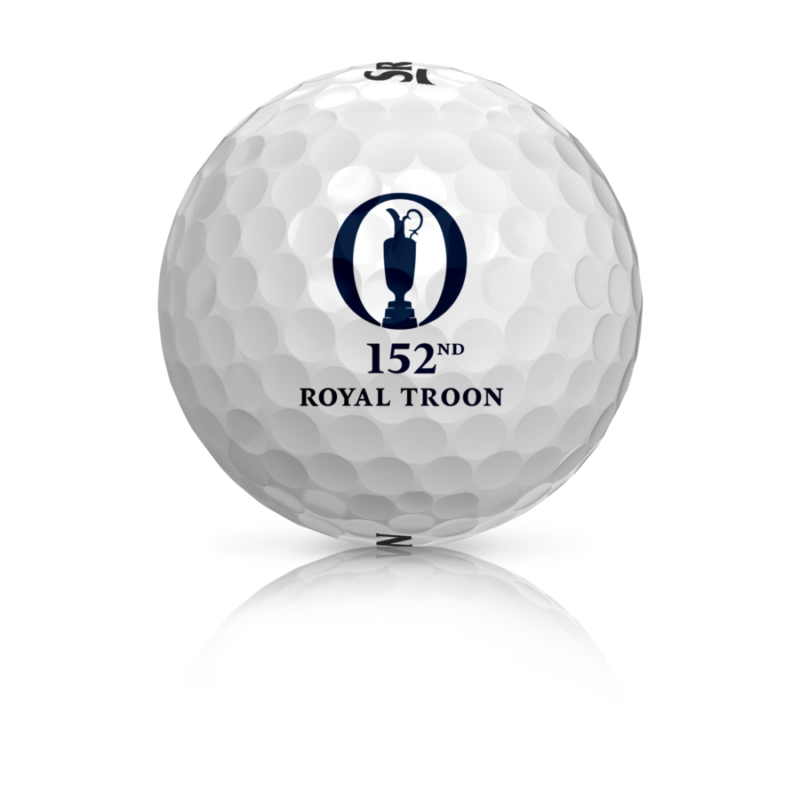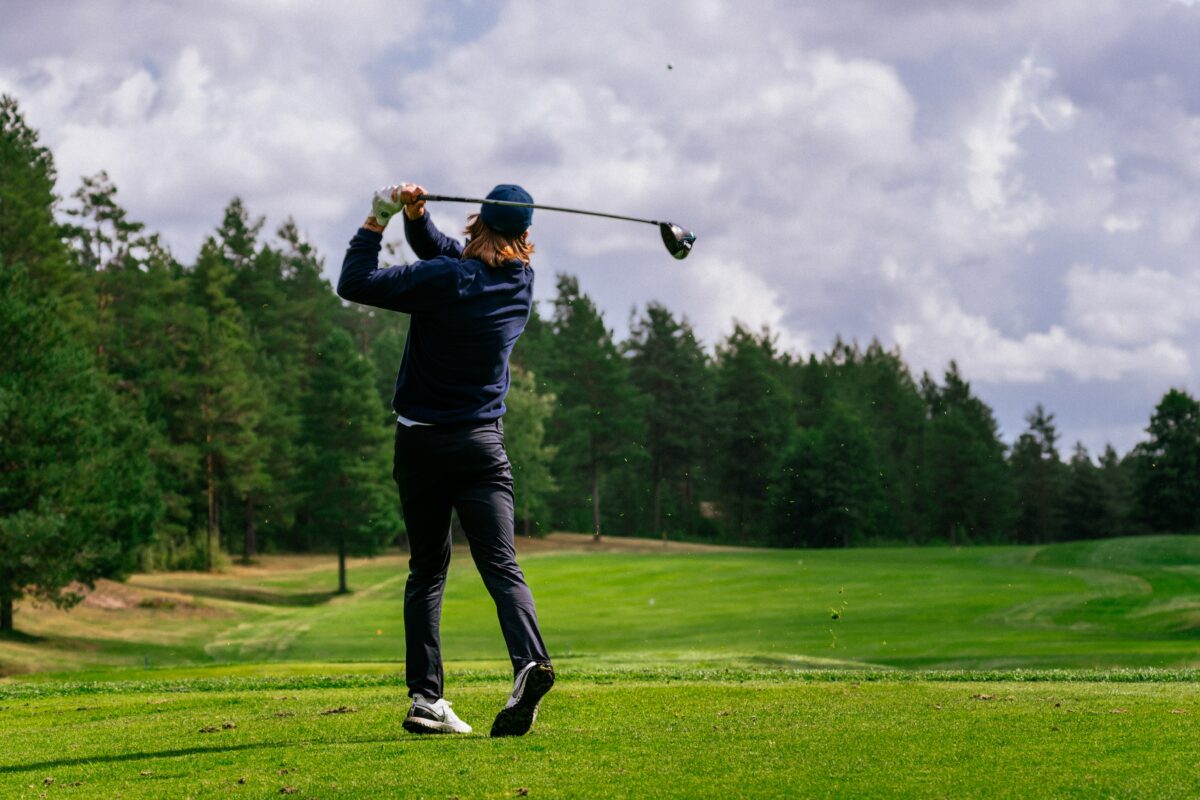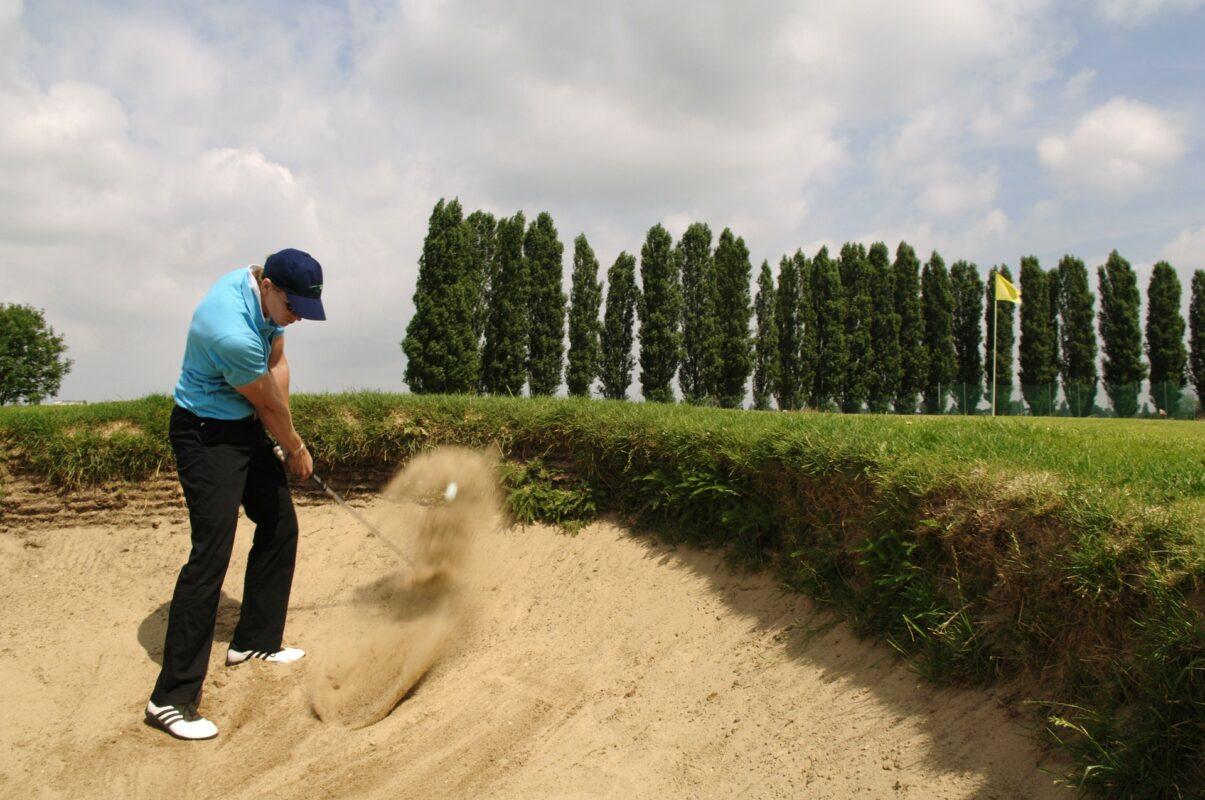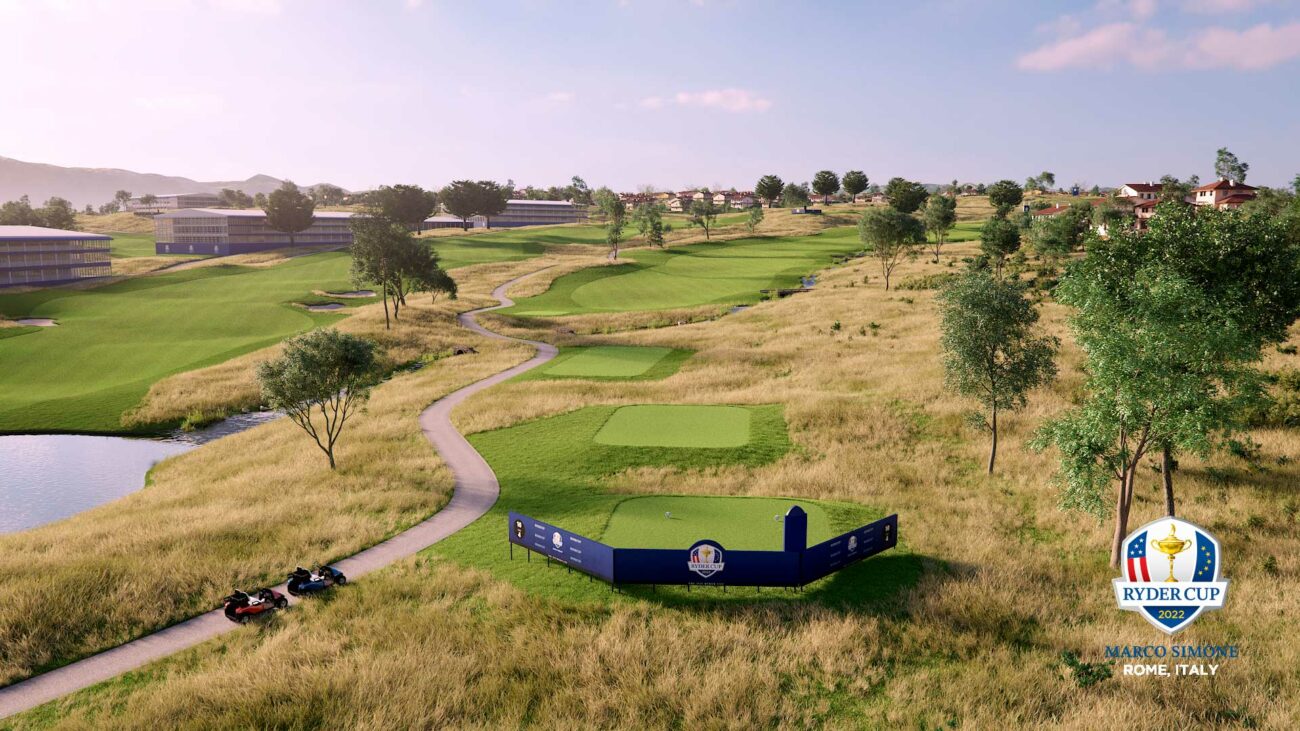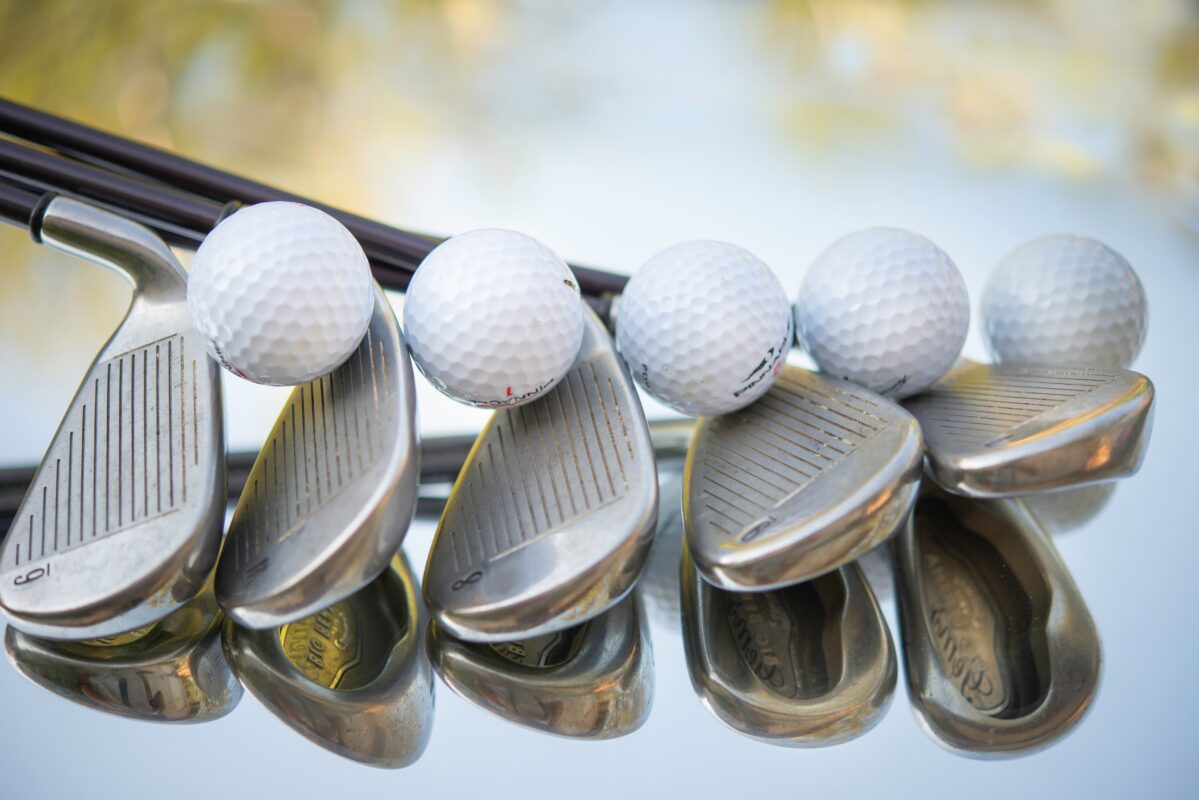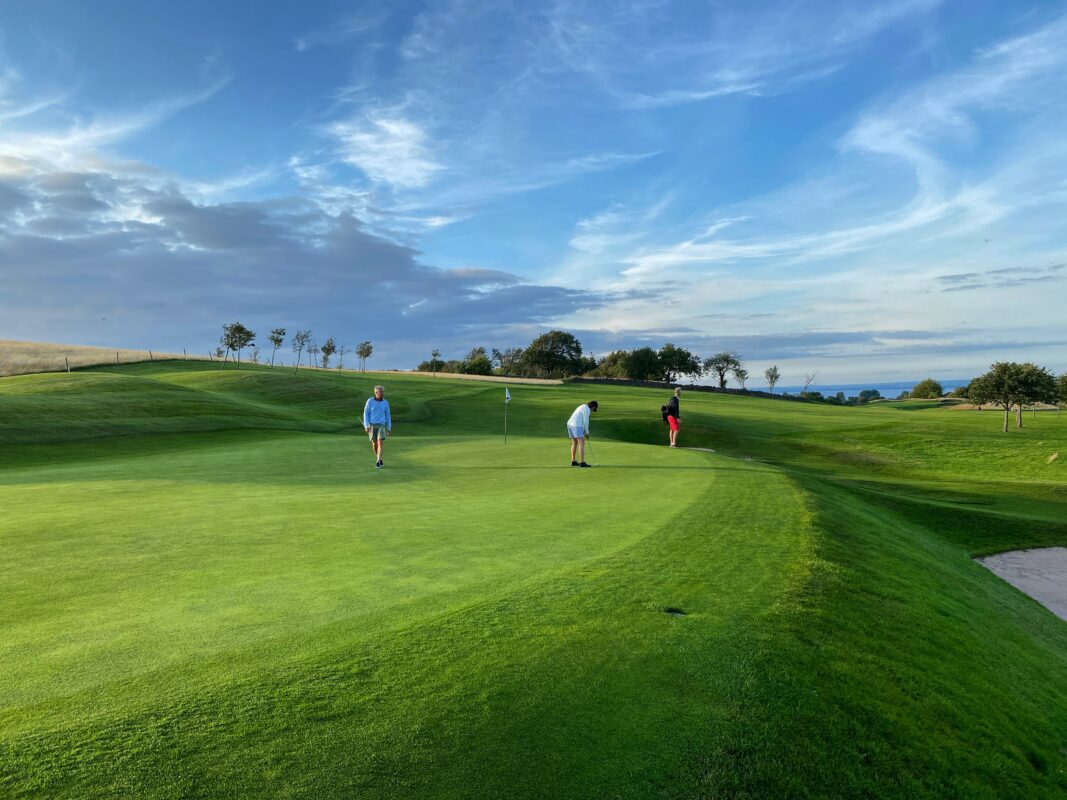Golf Club Components
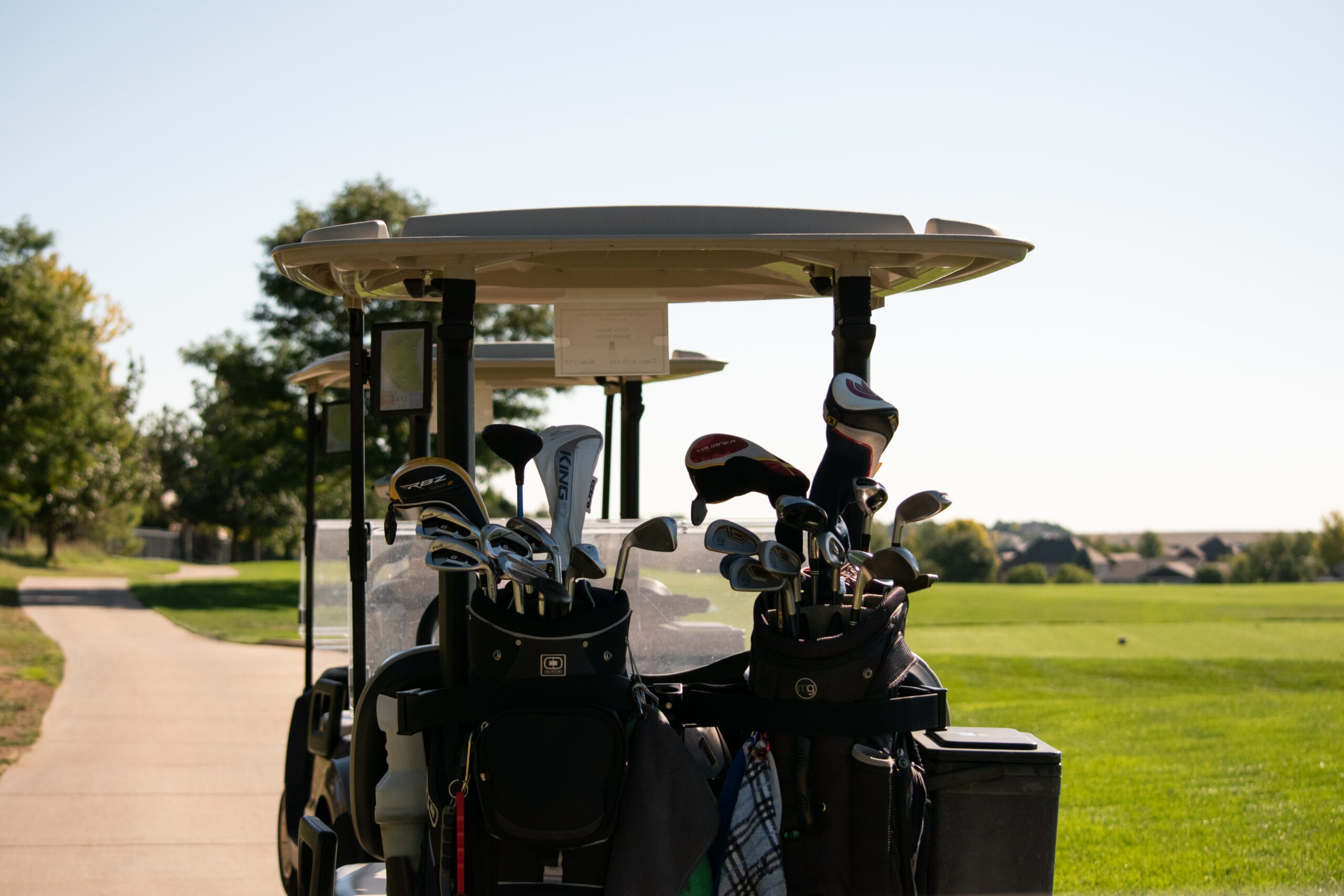
THe grip
The grip covers the top 10 or so inches of the shaft and prevents the hands from slipping during the swing. Grips come in different sizes as well; standard, midsize, and oversize. When should each be used?
If you have bigger hands you may benefit more from a thicker grip. Or on the putter, for example, thicker grips are common to help golfers keep their hands and wrists less active during the putting stroke.
Grips also come in many textures, colors, and designs. You can start with the standard grips that come on your golf club set and if they don’t feel comfortable, you can always switch them out by buying custom grips.
THE SHAFT
The shaft is the cylindrical “pole” that connects into the club head. Club shafts are usually made of stainless steel, graphite, or other metals depending which golf club they are being used for.
Another component of shafts is the flex. These are the different levels of shaft stiffness as represented by letters:
- L: generally used for ladies or those with a low clubhead speed
- A/M: which is for amateurs or seniors also with a below-average clubhead speed
- R: is generally used for men or those with average clubhead speeds,
- S: for those with faster clubhead speeds and prefer a stiff flex on their shafts
- X: for those who prefer a stiffer flex on their club shafts.
Selecting a shaft too stiff will cause lower ball flight and a loss of distance, whereas a shaft too soft can result in ballooning and, again, loss in distance.
THE HOSEL
After the shaft, you must consider the club’s hosel. The hosel is important because it connects the clubhead to the shaft. It also determines the lie angle of the club which is the angle between the sole of the club and the shaft.
Certain golf clubs like drivers, fairway woods, and hybrids offer adjustable hosels which allow you to change the loft settings of the club. Irons, wedges, and putters usually do not have adjustable hosels as the clubs are built with preset lie angles suited for that specific golf club.
THE CLUBHEAD
As the main feature of any club, the clubhead is typically the first thing to consider when choosing clubs. Clubheads are designed with each manufacturer's specific technology attributes and geared towards different player skill levels.
If you want to make the most of your golf club, having different sized clubheads can be a real advantage. Most brands offer standard, midsize and oversized heads for their golf clubs and your choice of clubhead size is mainly dependent on your experience level.
Generally, the larger the club head, the more forgiveness your swing has. Although you can make a poor hit and still achieve a good result with an oversized head, these are often heavy and hard to control.
About Marina
I'm an engineer and startupper, passionate about the environment and animals. My life is divided between golf and innovation View all posts by Marina

